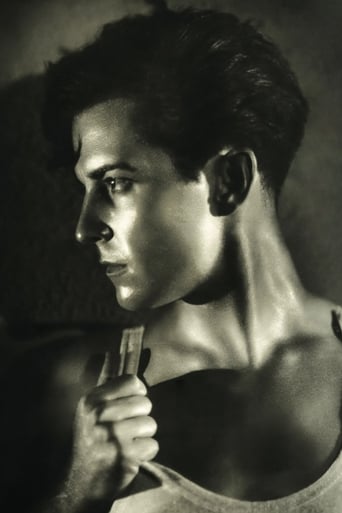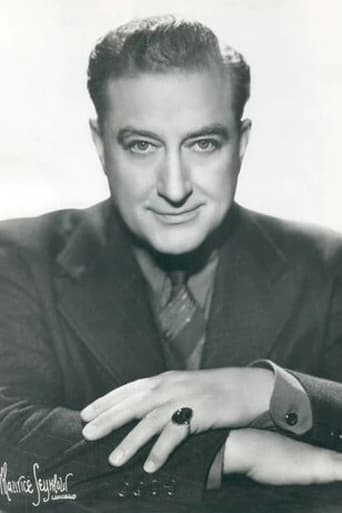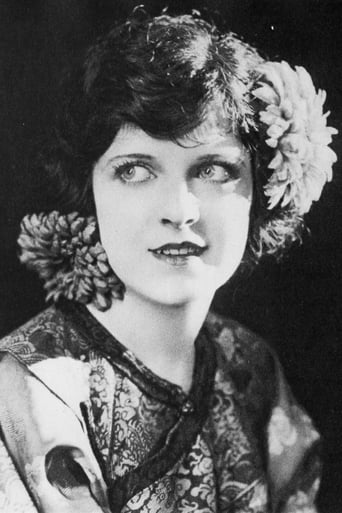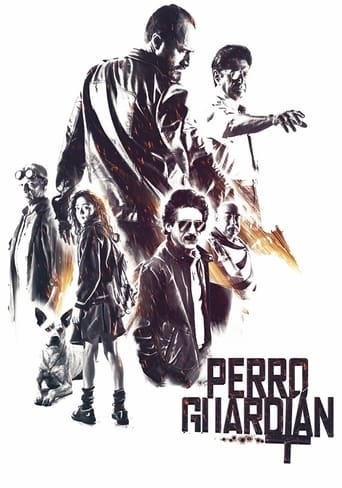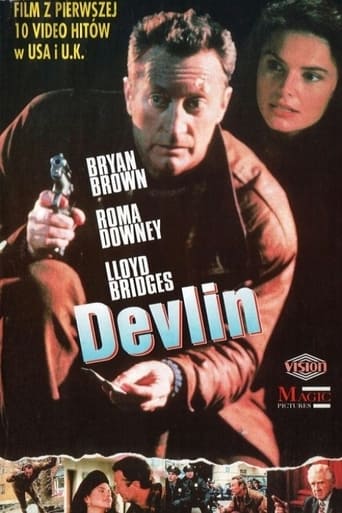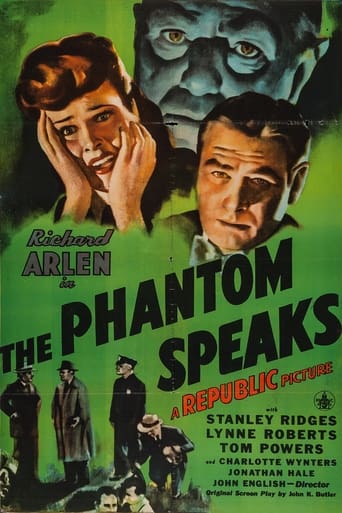
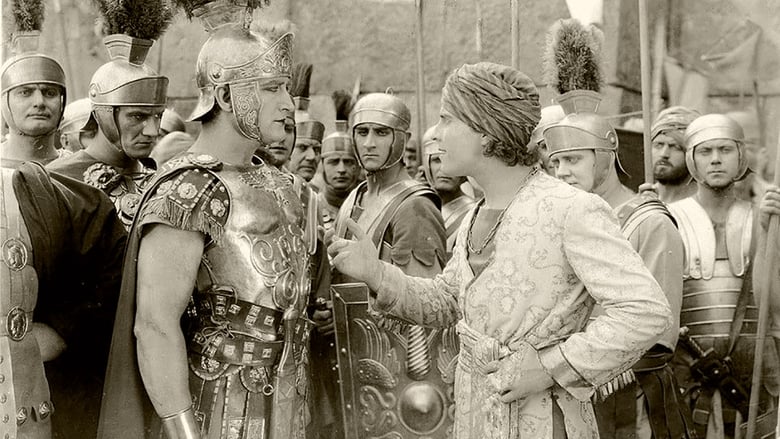
Ben-Hur: A Tale of the Christ (2015)
Erstwhile childhood friends, Judah Ben-Hur and Messala meet again as adults, this time with Roman officer Messala as conqueror and Judah as a wealthy, though conquered, Israelite. A slip of a brick during a Roman parade causes Judah to be sent off as a galley slave, his property confiscated and his mother and sister imprisoned. Years later, as a result of his determination to stay alive and his willingness to aid his Roman master, Judah returns to his homeland an exalted and wealthy Roman athlete. Unable to find his mother and sister, and believing them dead, he can think of nothing else than revenge against Messala.
Watch Trailer
Cast


Similar titles
Reviews
Before my generation's "Ben Hur" there was my grandmother's "Ben Hur: a Tale of the Christ," a 1925 silent film directed by Fred Niblo and starring Ramon Novarro as Judah, Ben Hur, Francis X. Bushman (a favorite of my grandmother's) as Messala, and May McAvoy as Esther. The extras became more famous than many of the leads: Gary Cooper, Clark Gable, Carole Lombard, John Barrymore, Joan Crawford, Douglas Fairbanks, Marion Davies, Clarence Brown, Sidney Franklin, and others."Ben Hur" is famous for being the "Cleopatra" of its day - an expensive mess that MGM finally got control of by bringing everyone home from Italy and filming in Hollywood.Putting aside the expense and the loss of both human and animal life, it's a spectacular film, all the more sensational for having been done in 1925. The emphasis here is on the spectacle and not the characters, making the 1959 version more superior in that regard. There is no in-depth look at the friendship between Messala and Ben-Hur in the earlier film; it's hard to believe, from Bushman's portrayal, that the two were ever friends (also the actors were 16 years apart in age). What the earlier film has that the 1959 lacks is the religious aspect - Mary and Joseph seeking shelter, the birth of the Christ, and the three Wise Men. The religious scenes were filmed in two-strip Technicolor. Most of the film is black and white, with a few sections sepia-toned.Ramon Novarro, who would come to such a sad end, was 26 years old at the time of the film. He makes a passionate Ben-Hur, with Bushman (who worked until the day he died in 1966) a one-dimensional Messala. Of course, some of the acting seems amateurish by today's standards, and the heavy makeup on Novarro later in the film and on Bushman throughout is off-putting, but these things don't detract from the film. As lepers, Ben-Hur's mother and sister looked like their skin glowed in the dark, a very interesting effect. Jesus is shown only as a lit hand in many scenes, and his face is revealed.The chariot race is mind-boggling, as is the destruction near the end of the movie. Yet the best parts of the film for me were the simple, poignant scenes of Ben-Hur's mother and sister, all done beautifully.In these days of CGI and so much available to film technicians, "Ben Hur: A Tale of the Christ" is a must-see for how much the early filmmakers were able to accomplish. Truly one of the great epics.
This much lesser-known version of the Ben-Hur story from 1925 was the most expensive silent film ever made and benefits greatly from MGM's ability at the time to make films that looked amazingly grand and epic and still somehow manage to today. Even after seeing William Wyler's 1959 version and even with the advancements of modern CGI, the 83 year old "Ben-Hur: A Tale of the Christ" still looks unbelievably impressive with its massive sets and thousands of extras.The mythos that has surrounded "Ben-Hur: A Tale of the Christ" among film buffs over the years has reached a status almost as grand as the film itself. The deaths, bribes, and other stories surrounding the movie and in particular the famous chariot race sequence do nothing to detract from the film (although they do distract one from it) but instead increase one's fascination with the production. I'm not sure if there are any comprehensive books written on the film but I must seek one out eventually.The story doesn't need to be discussed because everyone knows it. It's an entertaining story that's really quite hard to do wrong and this movie is more entertaining and exciting than any other version I've seen. The theatricality demanded from silent film enhances the nature and feel of the story.This film was directed by Fred Niblo, famous for the Douglas Fairbanks vehicles "The Mark of Zorro" and the inferior "The Three Musketeers" and also director of several memorable silent films such as Greta Garbo vehicles "The Temptress" and "The Mysterious Lady" as well as "The Red Lily", an absolutely brilliant film by 1924 standards that is sadly hard to get a hold of (except on Turner Classic Movies which shows it on occasion). Niblo lost his way in the sound era but is on top form here directing this massive production. Of course, the chariot race deserves all its fame and recognition and remains exciting, vibrant, and captivating to this day.The restoration on the DVD released in the four-DVD set released in celebration of the 1959 film is spectacular as usual from the Turner team with the original (and well-chosen) tints and the exceptional Technicolor sequences restored. The film is in the public domain so I expect there must be some form of cheap black & white only copy which I urge anybody reading this to avoid watching. Another reason to watch this restored version is the terrific score by Carl Davis performed by the London Philharmonic orchestra.As good as William Wyler and Charlton Heston are, I'll take this Fred Niblo and Ramon Novarro over the 1959 version any day. A thrilling, captivating silent epic and one of the great silent American films. 9/10
Ramon Novarro (as Judah Ben-Hur) grows up in Judea, around the same time as Jesus Christ. A wealthy Jew, Mr. Novarro maintains his princely lifestyle, despite the Roman occupation of his land. After a number of years, Novarro encounters old friend Frances X. Bushman (as Messala), a Roman. Novarro soon discovers that politics does not, in this case, make strange bedfellows; as Mr. Bushman is the steadfast leader of the occupying Roman forces. Soon, political and religious upheavals threaten Novarro's earthly existence Epic "state-of-the-art" perfection, from Fred Niblo and the new MGM company. Despite production setbacks (the film commenced in 1923), and several personnel changes, the silent "Ben-Hur" emerged, at last, triumphant. It's a worthy treatment of Lew Wallace's highly successful novel; and, importantly, it treats Christianity with a respectful reverence not present in other Biblical epics, which attempt to dramatize faith-based religious events.Novarro's characterization is extraordinary; at this point in his career, it's difficult to say where the line between instinctive subtly and wise direction is drawn. However he learned, Novarro's range is clearly evident, and career sustaining. And, happily, he looks like a young "Judah". The close-ups during his initial scenes with Bushman, and the color filmed re-emergence from slavery are outstanding. The film's use of black-and-white, tinted, and color film is perfect; it helps to set moods, without ever jarring.The character "Messala", played by veteran Bushman, is the story's villain. The drama is centered on the dissolution of a past friendship between Novarro's "Jew" and Bushman's "Roman". Bushman's relative age, and ghostly looking eyes, help make him look menacingly evil. Novarro's relative youth invites some questions about his past friendship with the older Bushman; Novarro's naivety suggest the characters may not have shared the same point of view, after all, regarding their relationship.The "leading ladies" are neither as good, nor as appropriately cast as, Haya Harareet in the 1959 re-make. This version does boast a swell parade of bare-breasted women (and bare male buttocks). Also standing out, among the fine supporting players, are Claire McDowell's "Mother Hur" and Mitchell Lewis' "Sheik Ilderim". The spectacular "sea battle" was not bested by the 1959 re-make, but the "chariot race" was either matched, or surpassed. The entire cast and crew had every reason to be proud of the completed "Ben-Hur." Both the 1925 and 1959 versions of "Ben-Hur" are essential viewing.Novarro and Bushman deservedly won special "Golden Globe" awards during the 1959 film season; almost certainly, these awards acknowledged their lead and supporting roles in the original version of that year's big award winner. ********** Ben-Hur (12/30/25) Fred Niblo ~ Ramon Novarro, Frances X. Bushman, May McAvoy, Claire McDowell
BEN-HUR The Four-Disc Collector's EditionIt is an ignominious fate that the Original Ben-Hur by which I mean the 1925 silent version has appeared as a bonus feature on the William Wyler's Ben-Hur Four-Disc Collector's Edition. The 1925 Ben-Hur was a huge success. To this day it is still the most successful silent picture ever made. The sensational chariot race as with the William Wyler re-make was at the heart of the movie. It was the first time a Cinema audience had seen such awe-inspiring images. Such as four stallions and a speeding chariot racing directly over the top of a Camera sunk in the Arena track. The first the time a Camera followed a team of horses in close-up and at full gallop. So many film techniques that we take for granted in Action Cinema today were first born in this silent epic and they would be remembered.William Wyler remembered them 34 years later.William Wyler had been an assistant director on the 1925 Original. He had witnessed its staggering success and when the time came for a re-make he was just the man for the job. Maybe you balk at my use of the word re-make? But that is exactly what the William Wyler version was. The studio knew they had a product that worked and did not want to divert from that winning formula. If it ain't broke .!The Arena built in Italy was a virtual replica of the one built in the silent version. They utilized the original construction drawings. They used some of the same moulds for various statues. They even had a complete chariot from the 1925 Original that had already proved itself on film. They had the original designs and drawings of virtually everything that had been constructed 34 years previously and they all worked. On the Extras Disc there is a rather lame documentary called "The Epic that Changed Cinema" where filmmakers repetitively praise the 1959 re-make. A Production Designer expresses his amazement at the imagination it took to design the Arena specifically those gigantic statues at each end of it. Had he seen the Original 1925 Film he would have seen that the Arena and particularly the gigantic statues are all but the same.None of this is touched upon in the two documentaries that are presented on the special features disc. Nothing is mentioned about the suppression of the Original Version by MGM in the run-up to the release of the William Wyler's Ben-Hur or it's eventual burial.The 1925 Ben-Hur is a rather melodramatic and histrionic affair. Most of the performances are over the top and it has the feeling of recorded theatre rather than a movie but what lifts this film into the realms of a classic is simply the chariot race. It is as good as the William Wyler version if not better. It has more chariots!It is a shame that the Silent Original does not have any bonus features. A documentary by Kevin Brownlow could have solved this shameful emission, as the man is responsible for it's restoration and survival. He is also one of the best documentary filmmakers out there. Just watch his Thames Television series called "Hollywood" about America's early film pioneers or "Unknown Chaplin" and you will see what I mean.As for the William Wyler's re-make the same seems to apply. The chariot race is the highlight of the film. The race is remarkably similar in structure, blocking and interpretation as that of the Original. Most of the shots and camera positions are an exactly the same. The rest of William Wyler's epic never really elevates above pure melodrama. The exceptional perfor mance by Hugh Griffith lends the film a much-needed sense of intrigue but generally the film plays by the numbers. The weak latter half of the film almost feels as if you are watching Monty Python's "Life of Brian". The film uses all of the technologies available at the time to best effect. It is beautifully shot in Camera 65 by Robert L. Surtees. It has incredible matt paintings. The production design is romantic yet faultless. The Hollywoodised costumes are beautiful.Gore Vidal is acknowledged to have written the first half of the film up until the chariot race. He is disgracefully not even credited. These early scenes are far superior to the latter plodding religious pontificating. In the first scenes between Ben-Hur and Messala, he has cleverly interwoven a homosexual love affair gone terribly wrong. It explains clearly Messala's brutal reaction. He also has a poke at the waning Un-American Committee by having Messala demand that Ben-Hur name names.The problem with the films as a whole is the source material that they are based on. The Novel is melodramatic, shallow and episodic. Even the title is incorrect "A Story of the Christ". It might be the most read book other than the bible but it does not mean that it is any good. It is simply a compelling adventure yarn with Christ thrown in and as with the films the best part is the chariot race.


